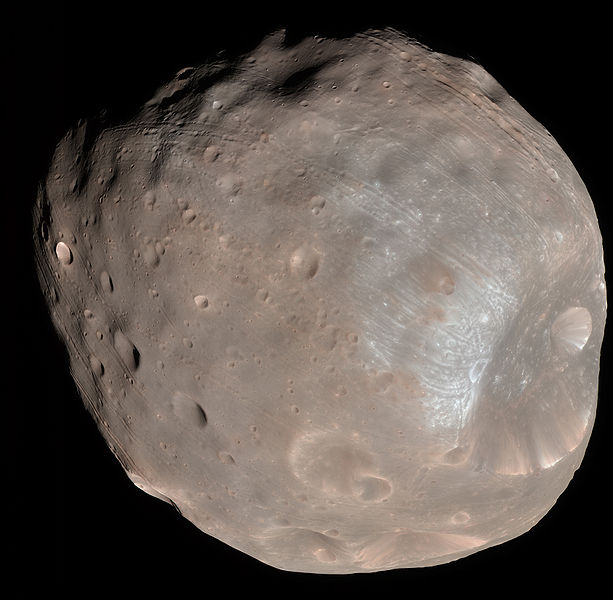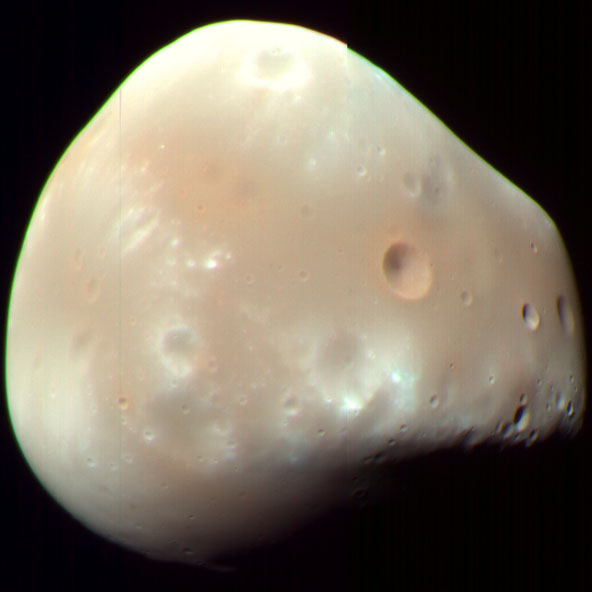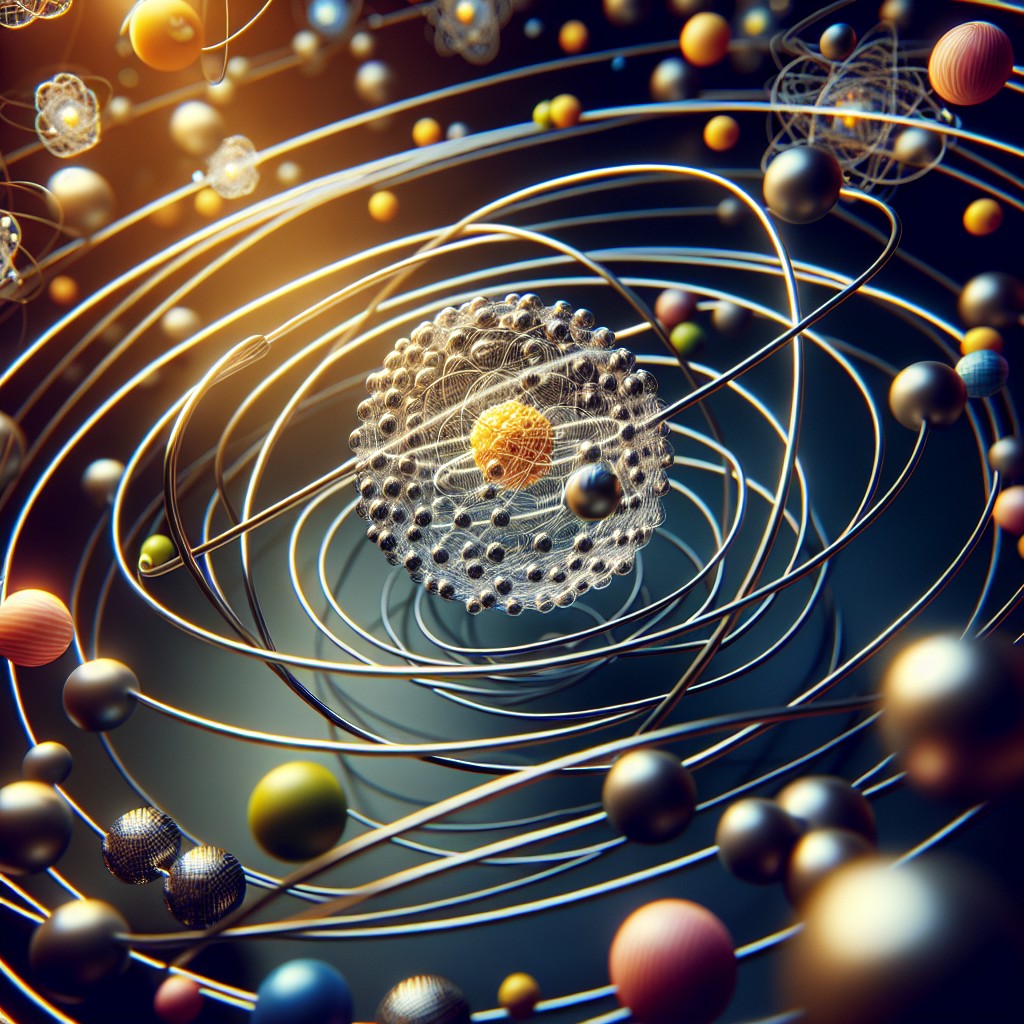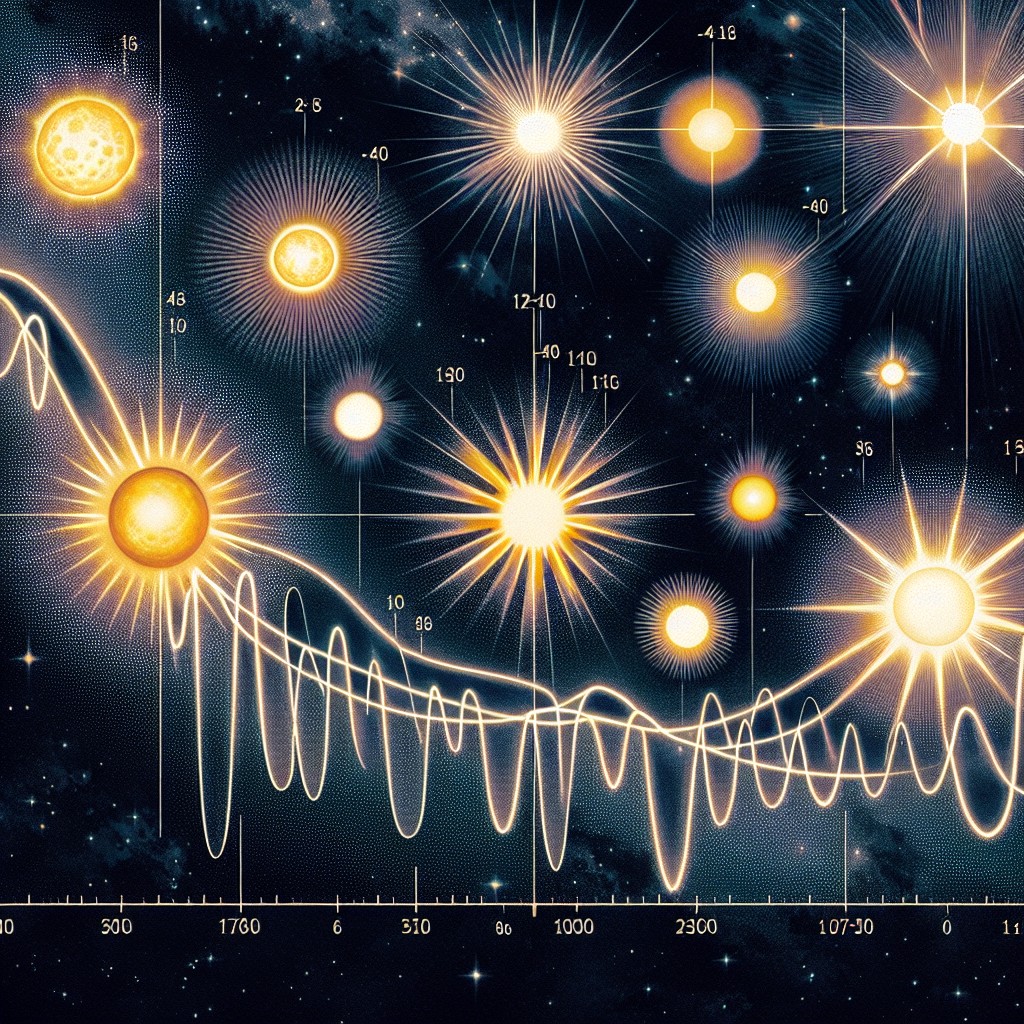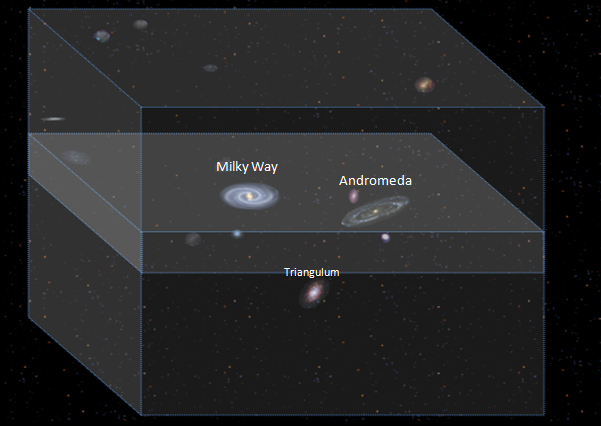In the August of 1877 an American astronomer was looking at Mars in hopes of discovering a moon. He instead discovered two Martian Moons; Deimos and Phobos.
Shape and Orbit of the Martian Moons
Quick Comparison of Martian Moons
Naming the Moons of Mars
In the August of 1877 an American astronomer was looking at Mars in hopes of discovering a possible Martian moon, when he discovered two; first Deimos and then Phobos six nights later. He named them after two of the sons of Ares, the Greek god of war. Phobos, who was the god of alarm and panic1 (and where we get the name phobia), and Deimos the god of fear1.
Shape and Orbit of the Martian Moons
Neither Phobos nor Deimos are spherical like many other moons which is due to their comparably small size. The gravity created by any object with mass, acts upon that body and others by attracting matter to the centre of that object. When an object reaches a certain size their gravity is strong enough to start shaping the object by drawing the matter towards its centre and the shape that is produced is a sphere. As these two moons have a gravitational pull too weak to affect their shape they are both as they have originally formed and have been formed by natural events such as collisions.
The orbit of Phobos is much faster than Deimos as shown in the illustration above.
Origin of the Martian Moons
Phobos and Deimos are of similar material to the asteroids which lie in a belt between Jupiter and Mars. Some scientist believe that the two moons may actually be asteroids caught in the gravitational pull of Mars while some believe that it is the remnants of a large object that was shattered in a collision.
Phobos
Phobos was discovered on the 11th of August 1877 by Asaph Hall whilst working at the US Naval Observatory. The large crater on the right hand side of the image below was named after his wife ‘Stickney’ who encouraged Hall in his work. The Crater Stickney is approximately 9.6km or 6 miles which is almost as wide as the moon itself. The lines on the surface of Phobos are believed to have been caused by the impact that caused the Stickney crater.
Phobos is the larger of the two Martian moons, with a mean radius of 11.1km or 6.9mi (our moon has a mean radius of 1,737.4 km or 1,079.6mi). It travels in orbit at a distance of 6,000km or 3,700mi from the Martian surface which is closer than any other moon in our solar system. This distance is actually decreasing by 1.8 meters every hundred years which will eventually result in Phobos colliding with Mars or breaking up and forming a Martian ring (but not for millions of years).
Phobos orbits Mars three times each day (Martian days last similar length to Earth’s at 24.6hrs as opposed to earth days at 23.9hrs).
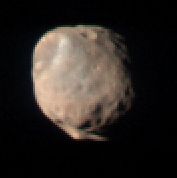
This image was taken of Phobos from low Martian orbit by NASA’s Mars Reconnaissance Orbiter using the Compact Reconnaissance Imaging Spectrometer for Mars. The image gives a good indication of how this relatively small but very close moon looks in the Martian night sky.
Deimos

Deimos, like our own moon, is moving away from the red planet and will one day move out of reach of the Martian gravity where it will drift slowly away into space. The surface of Deimos has suffered fewer collisions than Phobos but it too has many craters, some of which are two miles wide.
This image was taken of Deimos from low Martian orbit by NASA’s Mars Reconnaissance Orbiter using the Compact Reconnaissance Imaging Spectrometer for Mars. The image gives a good indication of how the tiny moon looks in the Martian night sky.
Quick Comparison of Martian Moons
Phobos
Deimos
Dimensions
27×21.6×18.8km (12.4×14.3×17.4mi)
15×12.2x11km (6.2×7.5x 9.9mi)
Volume
5,729km3
998km3
Mass
10,658,529,896,187,200kg
1,476,188,406,600,170kg
Mean Distance From Mars
9,380km (5,826mi)
23,460km (14,573mi)
Orbital Period
7.66 hours
30.35 hours
Sources
1.The Dictionary of Mythology by J. A. Coleman
